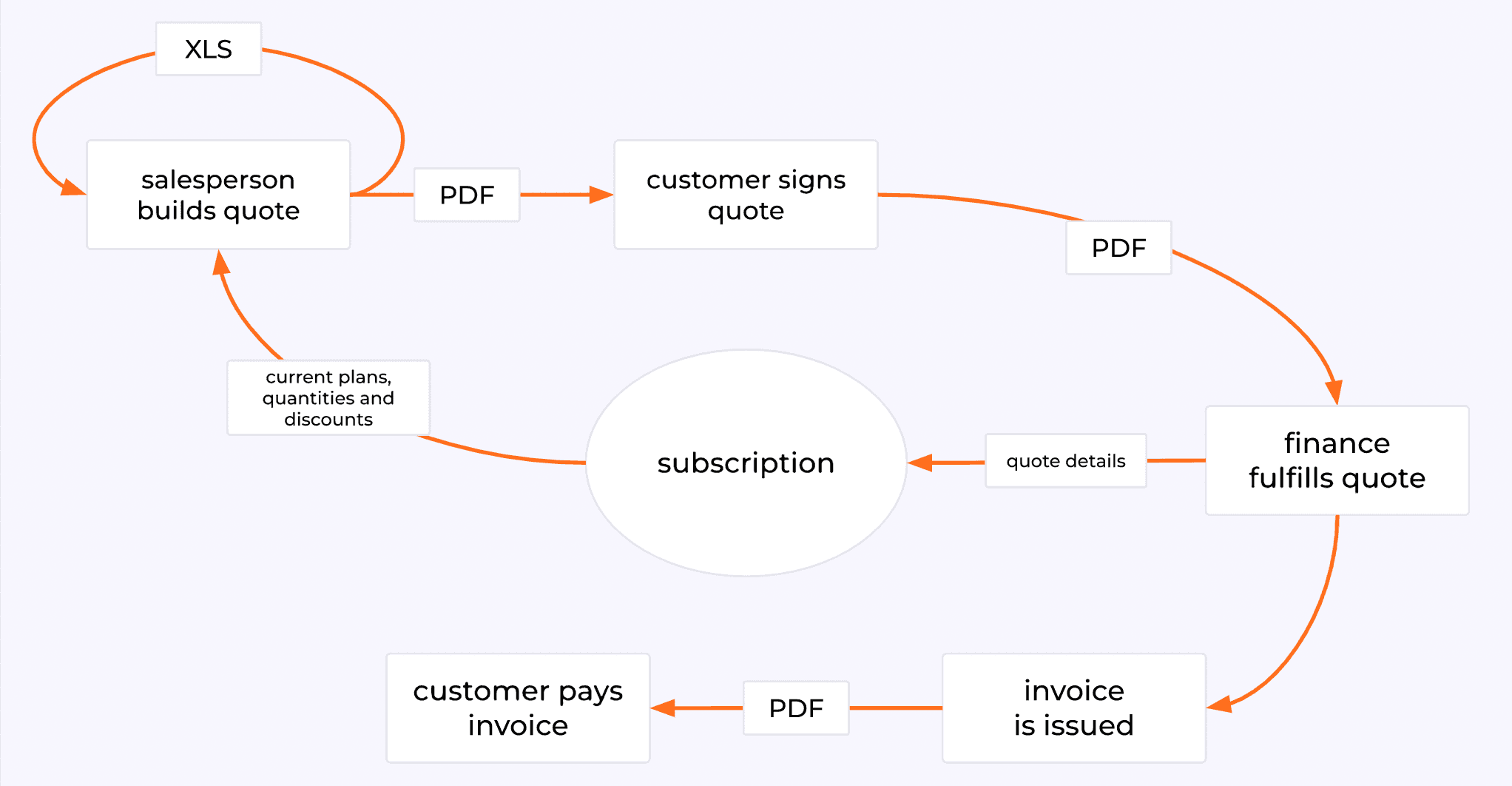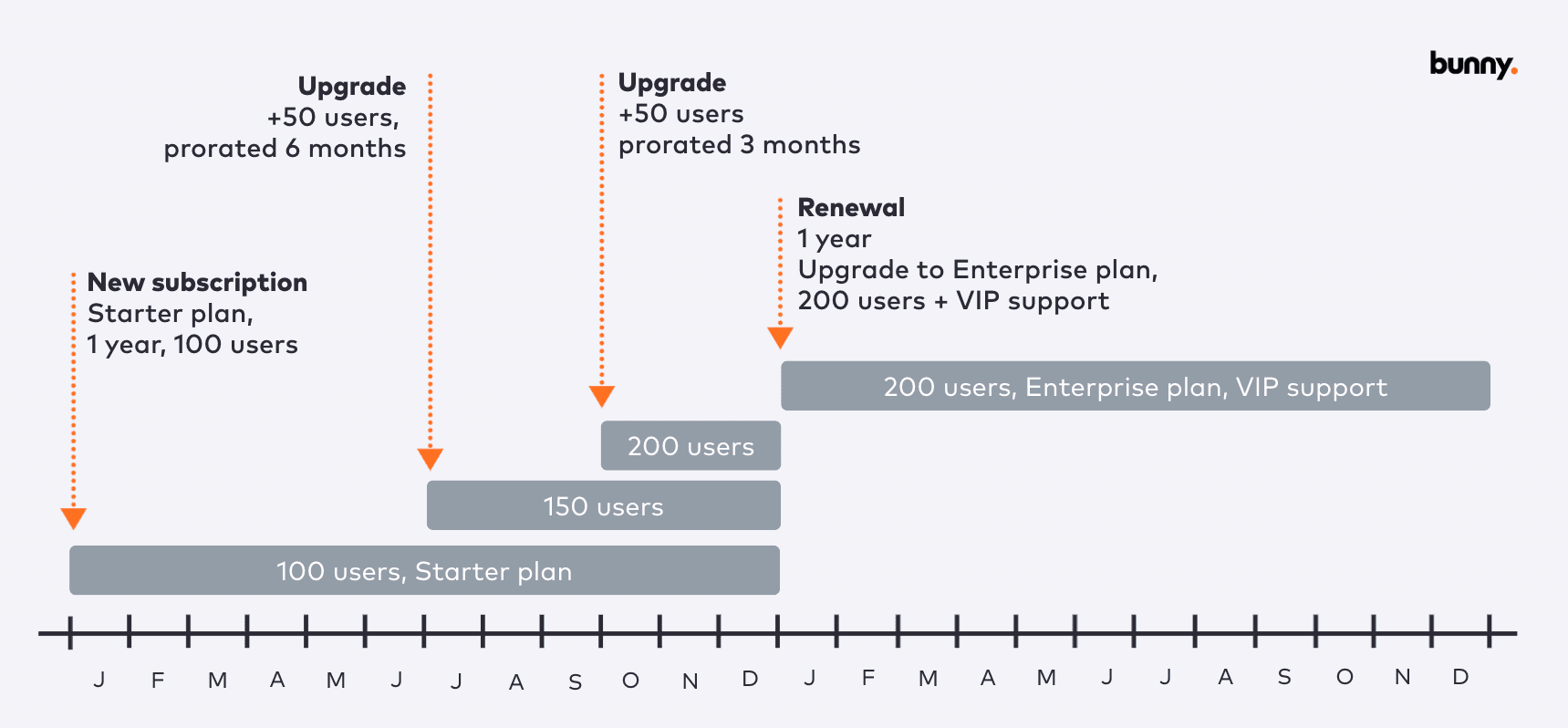
How's that spreadsheet working?

How’s that spreadsheet working?
When Visicalc was released back in 1979, it was absolutely transformative for businesses and quickly became the most sold business application of its time. The electronic spreadsheet allowed anyone to easily model complex budgets and mathematical calculations.
Since then, spreadsheets have become the go-to app in many knowledge workers’ toolboxes, especially in sales. Spreadsheets can be anything and are used for everything: lists, tiny databases, budgets, revenue projections, compensation plans…and quote building.
It starts out innocently when you have to provide a quote to the first customer. What better way to do it than in a spreadsheet where you can easily adjust quantities, discounts and summarize totals? Excel and Google Sheets make it super easy to generate a PDF that can be shared with a customer. And the acceptance of the quote can easily happen via email, a signature in the PDF or via an e-signing service.
After the quote has been accepted, someone needs to provide the customer with an invoice so payment can be collected. This is typically done by finance in the accounting system.

This workflow may work well for one-off sales, but subscriptions add another dimension to the process, namely state. After the first deal with a new customer, a subscription is created, which will undergo a series of changes through the customer relationship. The state of the subscription will have to be carefully maintained and will be the basis for new quotes, which in turn will modify the subscription.

Whenever quantities are changed, subscriptions are renewed or products are added, the subscription state changes. These changes need to be carefully tracked to ensure accurate billing, tenant provisioning and revenue recognition. Spreadsheets and PDF files are not a sound basis for this.
In Bunny, all data revenue is rooted in the product catalog; quotes, subscriptions, invoices and metrics. This has endless benefits. The underlying data is clean and can be trusted for producing accurate business metrics. There is a complete system of record for subscription changes. The quoting product is automated and streamlined, which saves time for everyone in the sales process. Account management teams have all the data they need for renewals and upsells. Revenue recognition can be fully automated.
It’s time to ditch that spreadsheet and stop producing dirty data that drags down the rest of the organization.

